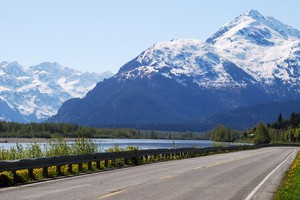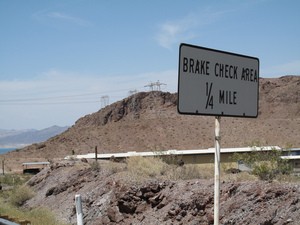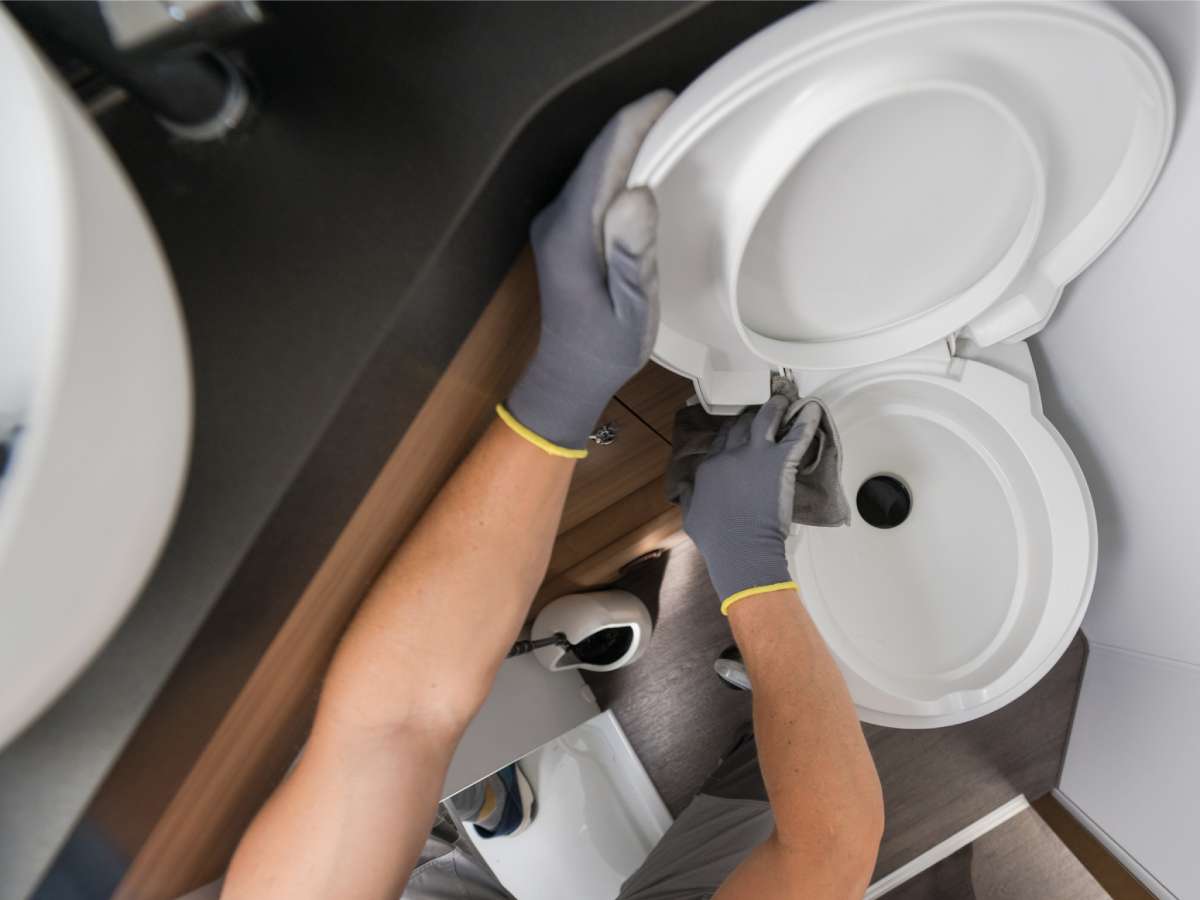 Mountain driving in an RV requires a bit of special attention to what you’re doing.
Mountain driving in an RV requires a bit of special attention to what you’re doing.
With both climbing and descending (on long or steep inclines) you need to plan ahead and understand what your RV is capable of doing.
You have to maximize your resources, in order to avoid problems and conquer the hill safely.
Like Lucy and Desi in the movie The Long, Long Trailer, you don’t want to find yourself with too much trailer and too little power, just because your rock collection got way out of hand!
RV Uphill Climbs
When climbing long inclines, your RV needs to be operated within its power band.
The power band is a span of engine RPMs where you have the maximum horsepower available to handle the extra load imposed when going up long inclines.
This becomes even more noticeable with diesel engines. Their power band is usually a rather narrow band of RPMs. When operated within their assigned power band, you will have a tremendous amount of pulling power. Fall below that RPM, and it will do you no good to push harder on the throttle. All you’ll get is more black smoke coming out of the exhaust.
To stay within the power band, you must downshift to a lower gear, and you may even be required to let off the throttle a bit so the engine can work more comfortably. Pushing too hard will only create more heat and increase the likelihood of overheating.
The whole point when climbing long inclines is to adjust your gearing, so you will remain within the comfortable RPM range that your engine likes. Maintaining a certain speed because the sign on the side of the road says that’s the speed limit may be impossible. Slow down and use a lower gear instead.
RV Downhill Descents
 So you’ve safely crested the high point in your RV. Now it’s time to come down the other side of the hill.
So you’ve safely crested the high point in your RV. Now it’s time to come down the other side of the hill.
This is where you make your engine and transmission work to hold you back. That way, you save your brakes for when you really need them.
The time to set up your downhill decent strategy is at the top of the hill — well before you’ve picked up so much speed that you’re in trouble.
You only have one set of brakes. If they get too hot, they may fade away and your RV will become a runaway train — a situation rapidly headed for disaster.
Experience will teach you how many gears down you need to drop from top gear in order to descend a hill without constant use of the brakes. If you’re new to steep descents, it’s best to error on the safe side by going down a hill in too low a gear. You may be slow, but at least you’ll be safe. It’s very hard to go back and have a do over, if you picked too high a gear at the top of the hill.
Many diesel engines are equipped with a retarder that will help hold you back. It functions by blocking off some of the exhaust gases from your engine. This helps to keep the engine from revving too high when the weight of your RV is trying to push you down the hill.
Some large diesel pusher motorhomes are also equipped with jake brakes. A jake brake is an engine-mounted device that turns some of the cylinders into an air compressor when you let your foot off the throttle. Jake brakes are a very effective way to control your descent speed without the need for constant braking.
If you find yourself going downhill faster than the engine and transmission can hold you back, your braking should be done in short bursts. It’s far better to brake hard for a shorter distance than to ride the brakes for a long period of time.
The longer you apply the brakes, the hotter they will become. At some point, they may just fade away — leaving you helpless and unable to slow your RV to a safe speed. Overheating your brakes can also do permanent damage to your RV’s brake components. Rotors, drums, and shoes can all be quickly destroyed by riding your brakes too long down a long hill.
The best advice for RV driving in mountain terrain is to take it slow and easy. It’s better to be able to say, “I got there; it just took a little longer than I expected” than to not get there at all.



